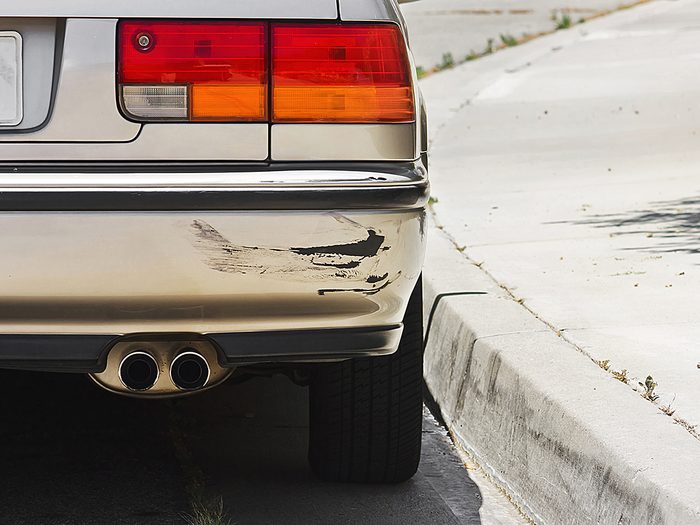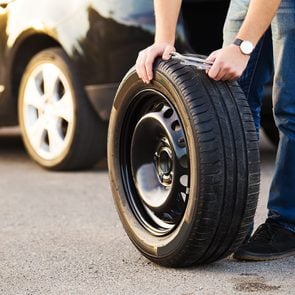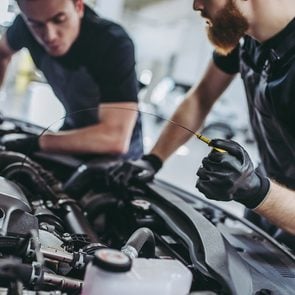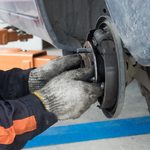What Most People Don’t Know About Car Bumpers

Wondering exactly what a car bumper is and how it works? There's more to it than you might think! Here's what you need to know.
If you’ve owned or driven a car, you could undoubtedly give a basic explanation of what and where the bumpers are. But you might not realize there’s more to a car bumper than meets the eye. For a deeper understanding of how car bumpers work and how to repair or replace them, keep reading.
What is a Car Bumper?
Car bumpers feature protruding shrouds of plastic or metal, called bumper covers, that surround energy-absorbing materials. They are designed to absorb impact to the front and rear of vehicles and minimize low-speed collision damage.
Today, standard passenger vehicle bumpers have a rigid reinforcing bar under the outer cover, with sections of compressible foam or plastic underneath. In North America, passenger car bumpers must absorb an eight kph (five mph) impact from another vehicle with no damage to the car body. The foam or plastic make this possible. At impact, that material squishes down between the reinforcing bar and the vehicle’s body.
Bumper History and Evolution
From their first appearances as decorations on the earliest vehicles in the late 1800s, car bumpers have come a long way, thanks to advancements in technology and safety-focused vehicle production. Although today’s bumpers are highly effective, bumper protection has decreased since the 1980s.
Bumpers used to contain more impact-absorbing material, but vehicle manufacturers lobbied for lighter weight designs to improve fuel efficiency. Style was also a factor. Many bumpers protruded beyond all other parts of the car, which some considered a clumsy look.
Today’s vehicles aren’t required by law to have protruding bumpers, but they are much safer.
Types of Bumpers
Though regulations specify bumper height and impact resistance, not all car bumpers are the same. Not by a long shot! Here are the basic types.
- Standard Bumper: Common on passenger vehicles. It has no steps or hitches, just a paint-matched plastic cover containing energy absorbing mechanisms.
- Step Bumper: SUVs, trucks and some cars have bumpers with a step-shaped cutout in the center, just below the license plate. These bumpers often have holes for installation of ball hitches.
- Cowboy Bumper: These tall, heavy-duty bumpers usually have chrome plating and are most often seen on older trucks. They’re made to be noticed and tow heavy trailers.
- Tube Bumper: Typically installed on jeeps and lifted trucks, tube bumpers forgo the plastic-shroud. Instead, they rely on a frame of heavy-duty steel tubing to lessen collision damage.
Repairing and Replacing Bumpers
If you’re involved in a collision that damages the inner structure of your bumper, get it replaced by a professional. Full bumper replacements aren’t cheap. but without the full capacity for energy absorption, you’re vulnerable to much greater damage and injury the next time your vehicle hits something.
If it’s only your bumper cover that’s damaged, there are a few DIY options. You can repair your bumper cover’s paint if it’s just scratched; patch and repaint it if it’s a small puncture; or install a replacement cover if the damage is too severe to fix.
Next, check out 10 car repairs you’ve probably wasted money on.






